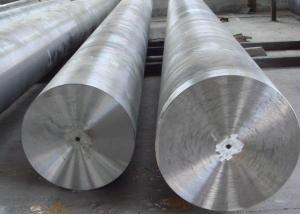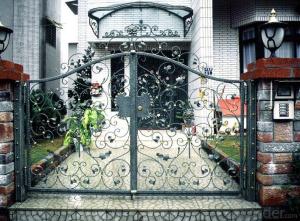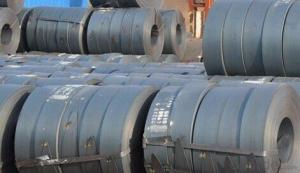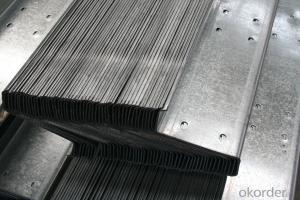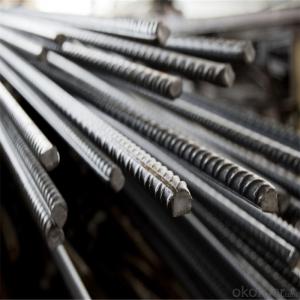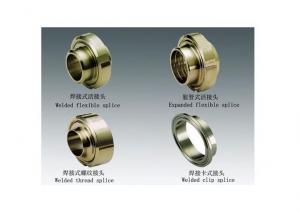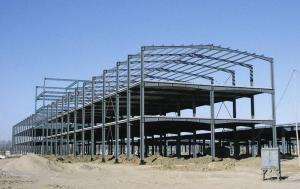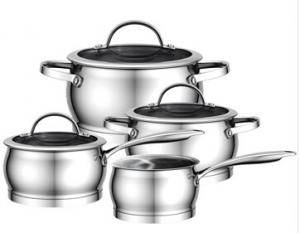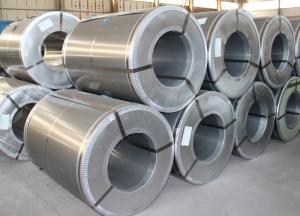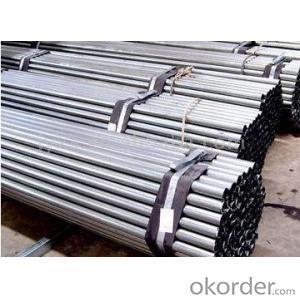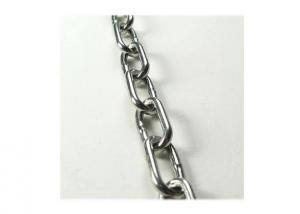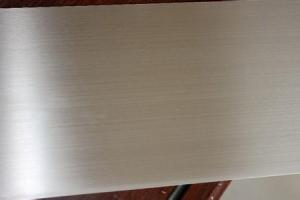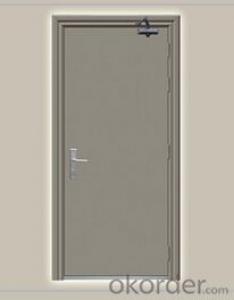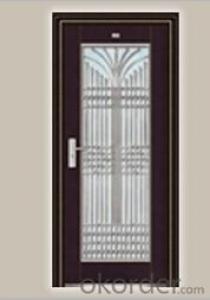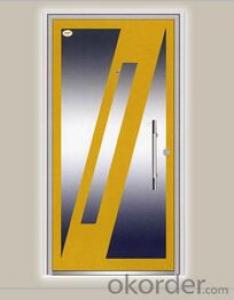German Stainless Steel
German Stainless Steel Related Searches
Magnetic Stainless Steel Metal Stainless Steel Non Magnetic Stainless Steel Dark Stainless Steel Stainless Steel Stainless Galvanized Stainless Steel Stainless Steel Metals Hardened Stainless Steel Gun Stainless Steel Surgical Stainless Steel Density Stainless Steel Chain Stainless Steel Stainless Steel Hardware Stainless Steel China Black Stainless Steel Material Stainless Steel Welded Stainless Steel Rust Stainless Steel White Stainless Steel Marine Stainless Steel Colored Stainless Steel Liquid Stainless Steel Magnet Stainless Steel Rust Off Stainless Steel Rusted Galvanized Steel Stainless Steel Neckless Stainless Steel Iron Smoking Stainless Steel Fingerprintless Stainless Steel Stainless WheelsGerman Stainless Steel Supplier & Manufacturer from China
German Stainless Steel is a collection of high-quality products known for their durability, corrosion resistance, and aesthetic appeal. These products are made from a variety of stainless steel alloys, which are specifically designed to cater to different industries and applications. The versatility of German Stainless Steel makes it a popular choice for numerous applications, including construction, automotive, aerospace, and food processing industries. Its resistance to rust and staining, along with its ability to maintain a sleek and modern appearance, makes it an ideal material for a wide range of usage scenarios.Okorder.com is a reputable wholesale supplier of German Stainless Steel, offering a vast inventory of products to cater to the diverse needs of customers. The company prides itself on providing top-notch customer service and ensuring that clients receive the best possible products at competitive prices. With a commitment to quality and a dedication to customer satisfaction, Okorder.com has established itself as a trusted source for German Stainless Steel products. Whether you are in need of stainless steel sheets, tubes, bars, or other forms, Okorder.com is equipped to provide you with the materials you require for your specific project or application.




